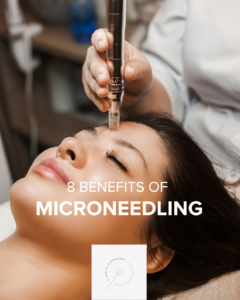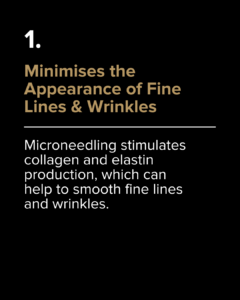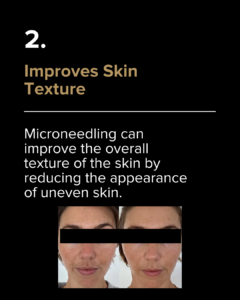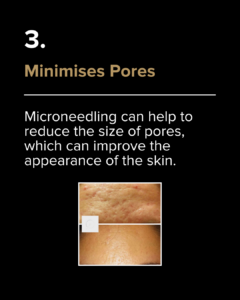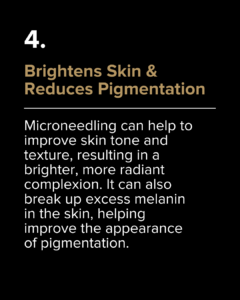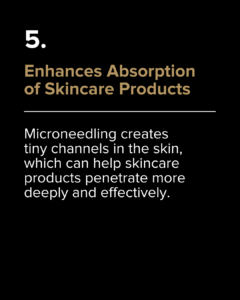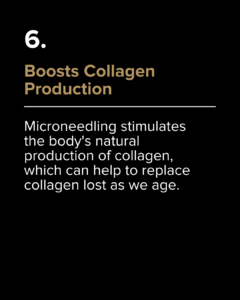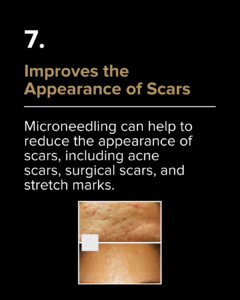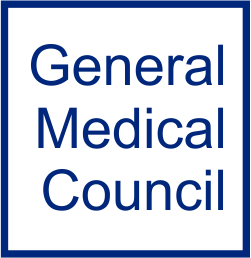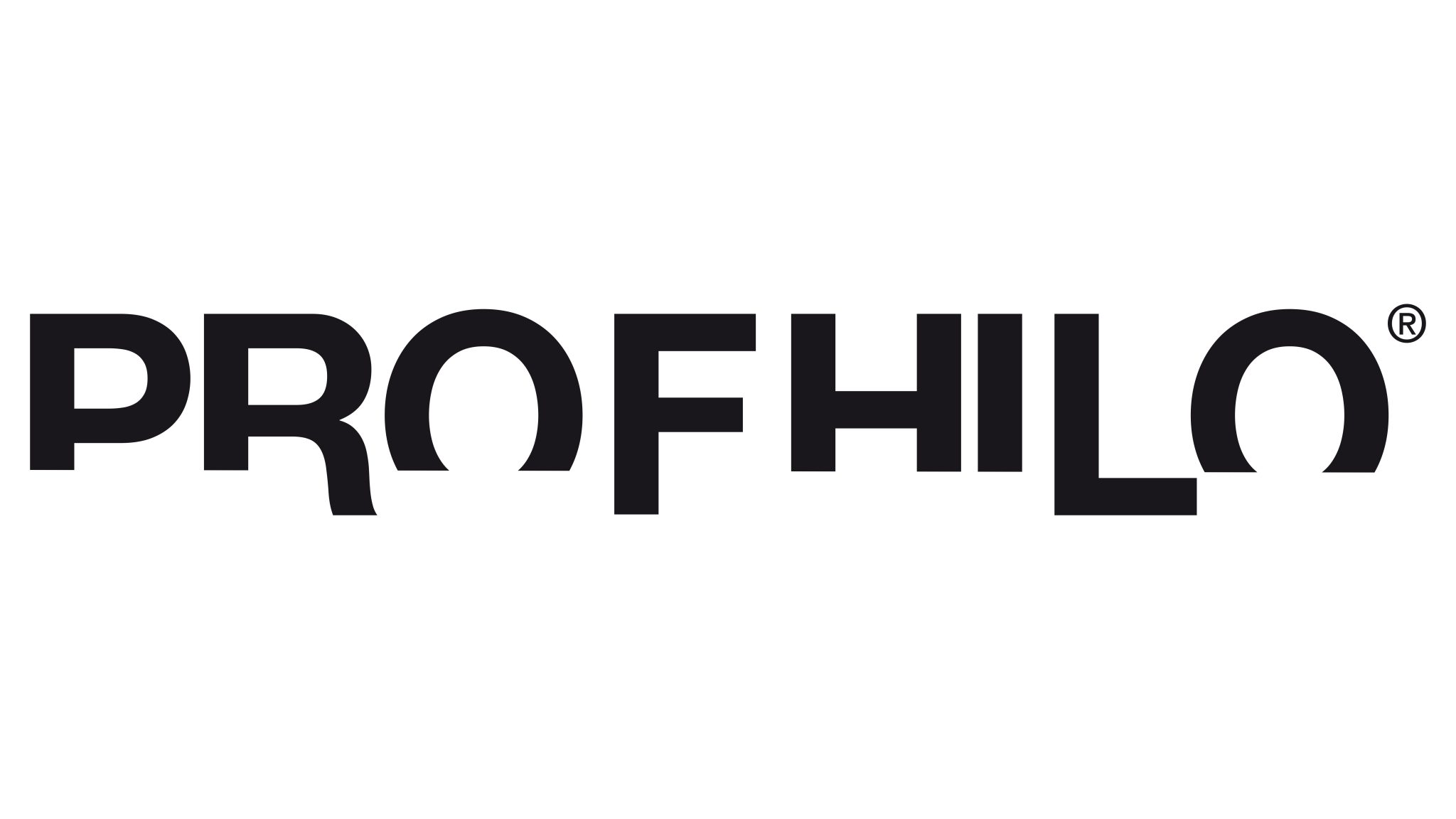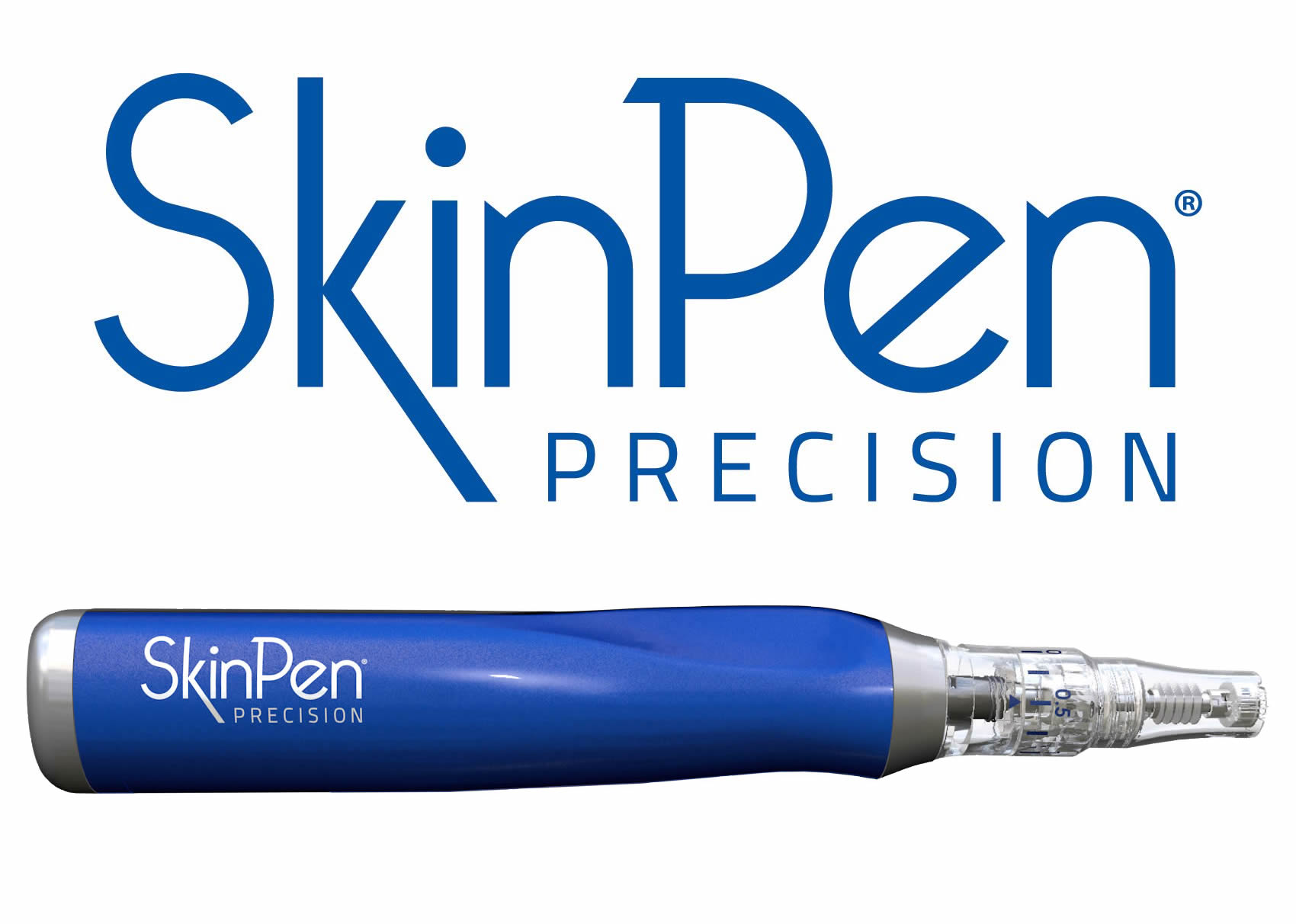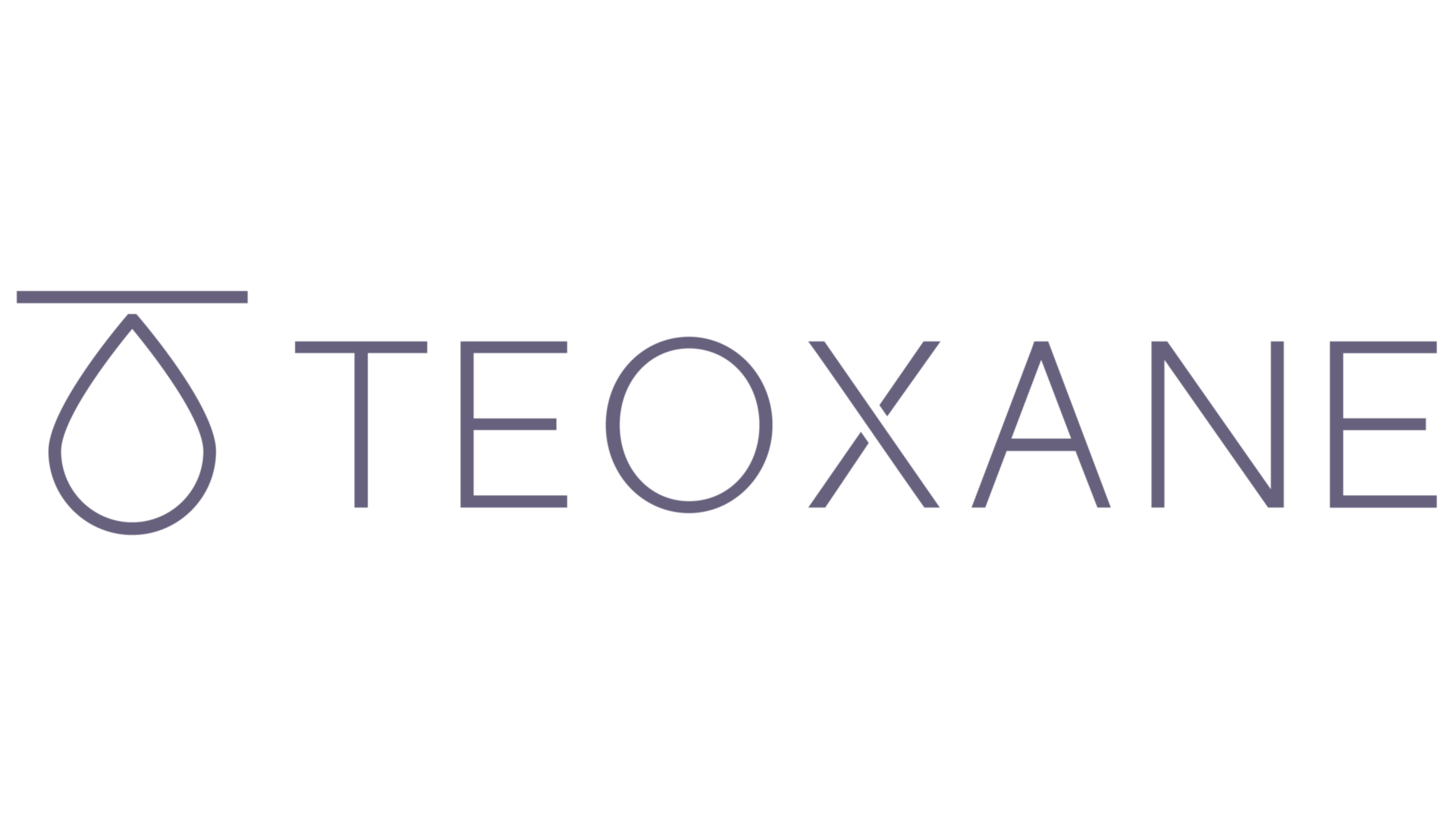MICRONEEDLING
What is microneedling?
Microneedling is a skin treatment used to treat wrinkles, fine lines, scars (including acne scarring), stretch marks, large pores, hair loss, and pigmentation.
Microneedling uses multiple fine, sterile needles to puncture the skin with microscopic channels. This intentional, controlled injury initiates a skin healing response, resulting in the increased production of collagen and elastin.
The end result is thicker, plumper, firmer, smoother skin. Additionally, skincare products are able to penetrate more deeply into the skin, making them more effective.
How does microneedling work?
Microneedling is performed using a microneedling pen. This is a handheld pen-like device which has around 12 fine needles on the tip. Once switched on, these needles move rapidly in and out of the skin, at a depth set by the practitioner.
The depth the needles penetrate (0.25mm – 2.0mm) depends on the type of skin issue, the qualification level of the practitioner and the area of the body/face being treated.
Who is microneedling good for?
Microneedling can be used to improve: acne scarring, fine lines and wrinkles, skin pigmentation and skin texture. It can reduce stretch marks and pre size.
Who is microneedling not suitable for?
Microneedling is not suitable for people with active papulopustular rosacea, acne vulgaris stage III-IV, herpes simplex, warts, scleroderma, bacterial/fungal infections, open lesions/abrasions/wounds, and solar keratosis.
Nor is it suitable for people who have skin cancer, haemophilia, are pregnant/breastfeeding, have skin numbness, are using Roaccutane/or have used Roaccutane in the last 6 months, are prone to keloid or hypertrophic scars, or experience poor wound healing.
How do you prepare for microneedling?
You may be asked to adopt a particular skincare regimen to maximise collagen production and skin repair.
If you are prone to herpes simplex (cold sores), it is recommended to take or apply a targeted prophylaxis, such as acyclovir, to prevent a possible outbreak.
For brown or black skin, or skins prone to post-inflammatory hyper-pigmentation, it is recommended to use a melanin inhibiting skin regime for at least 2 weeks prior to microneedling.
A week before the treatment, avoid taking aspirin, ibuprofen, vitamin E and fish oil supplements as these may increase bleeding. If you are taking any prescribed medication, including aspirin, do not stop taking it – consult your practitioner or your GP first.
Avoid drinking alcohol 24 hours before your treatment, as this also increases the risk of bleeding.
At your appointment, a numbing cream will be applied to the area to reduce any discomfort the microneedling may cause.
What happens after microneedling?
After your treatment, your skin is likely to appear red and feel more sensitive.
Do: avoid the sun for 14 days, avoid sunscreen immediately after your treatment – once your skin has calmed, use SPF30 daily, use collagen stimulating peptides, keep hydrated.
Don’t: use ‘active’ skincare products (retinols, AHAs, acids) until recommended by your practitioner – usually up to 5 days. For 2 weeks after microneedling, don’t: undergo further clinical treatments, e.g. microdermabrasion, laser treatments, chemical peels, anti-wrinkle treatments, or dermal fillers.
What are the side effects and risks of microneedling?
Your skin may become red, itchy and inflamed post-treatment, a little like sunburn. This should last no longer than 48hrs.
What are alternatives to microneedling treatments?
The alternatives to microneedling depends on your particular aesthetic concerns and reasons for seeking treatment. Options include medical grade skincare, skinboosters/bioremodellers, chemical peels, device-based skin tightening (e.g. HIFU, RF, IPL), laser resurfacing, cosmetic surgery, or no treatment.
How much does microneedling cost?
From £200 per treatment.
For best results, 3-6 sessions are recommended, 4-6 weeks apart.
